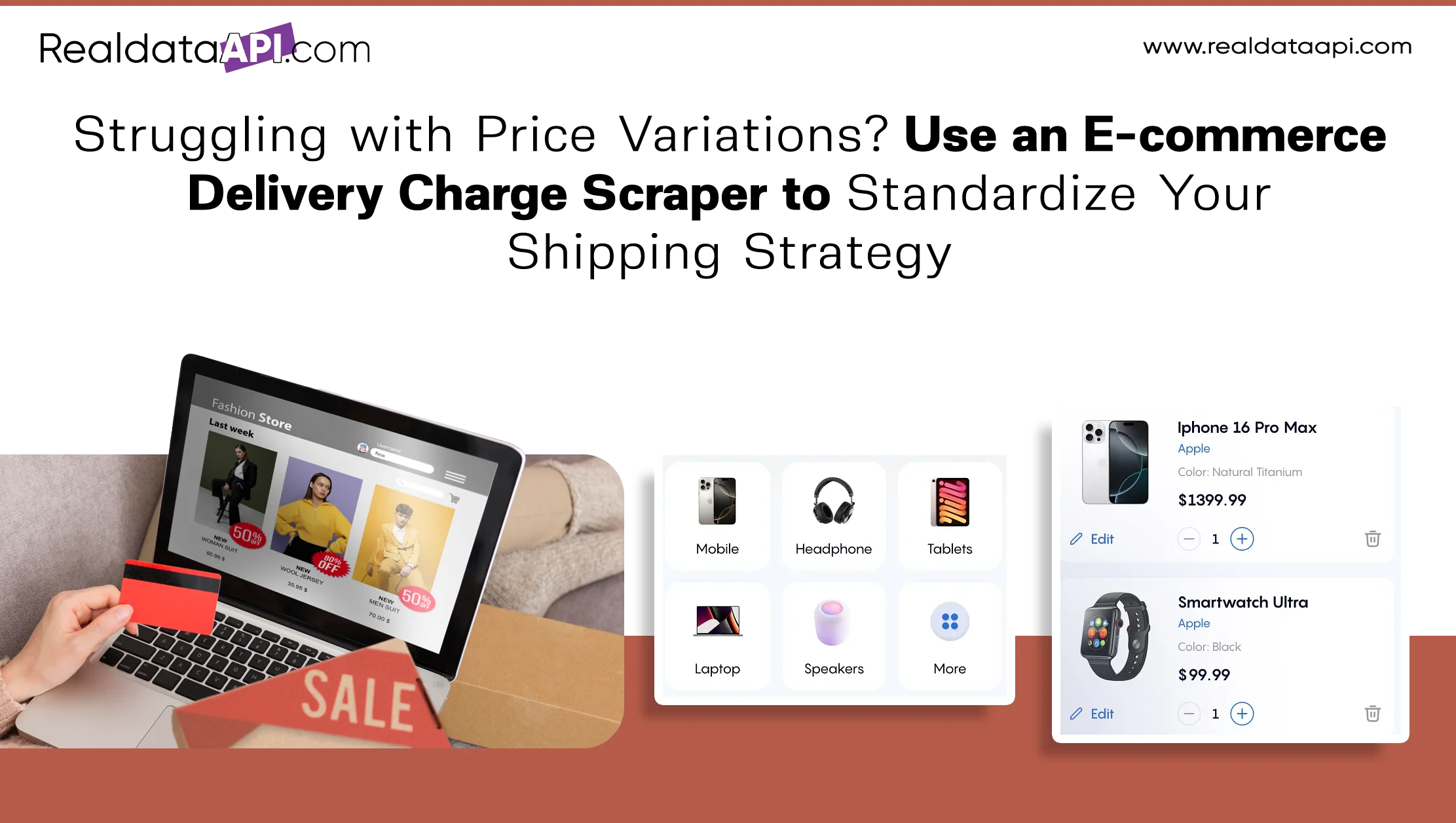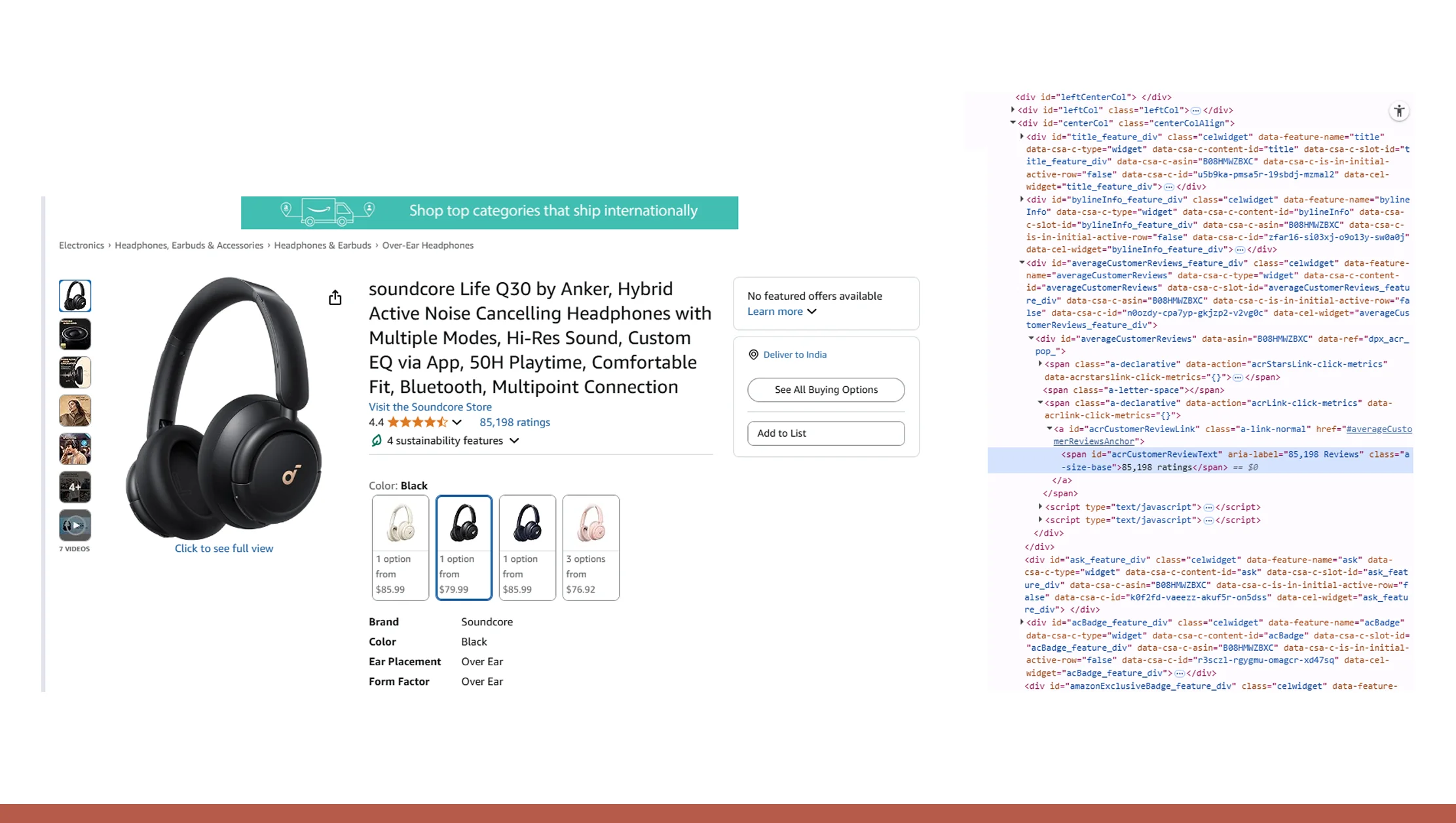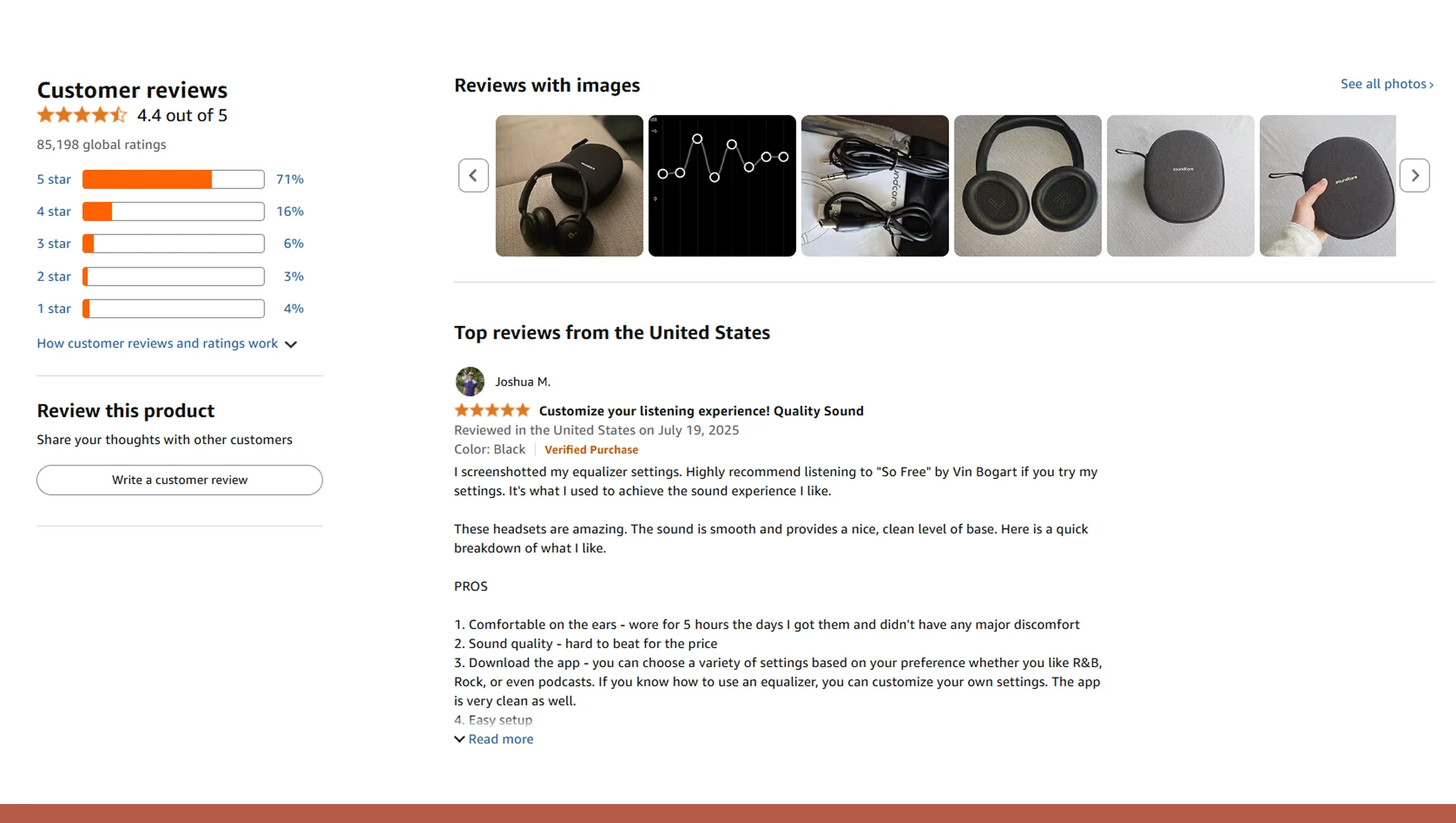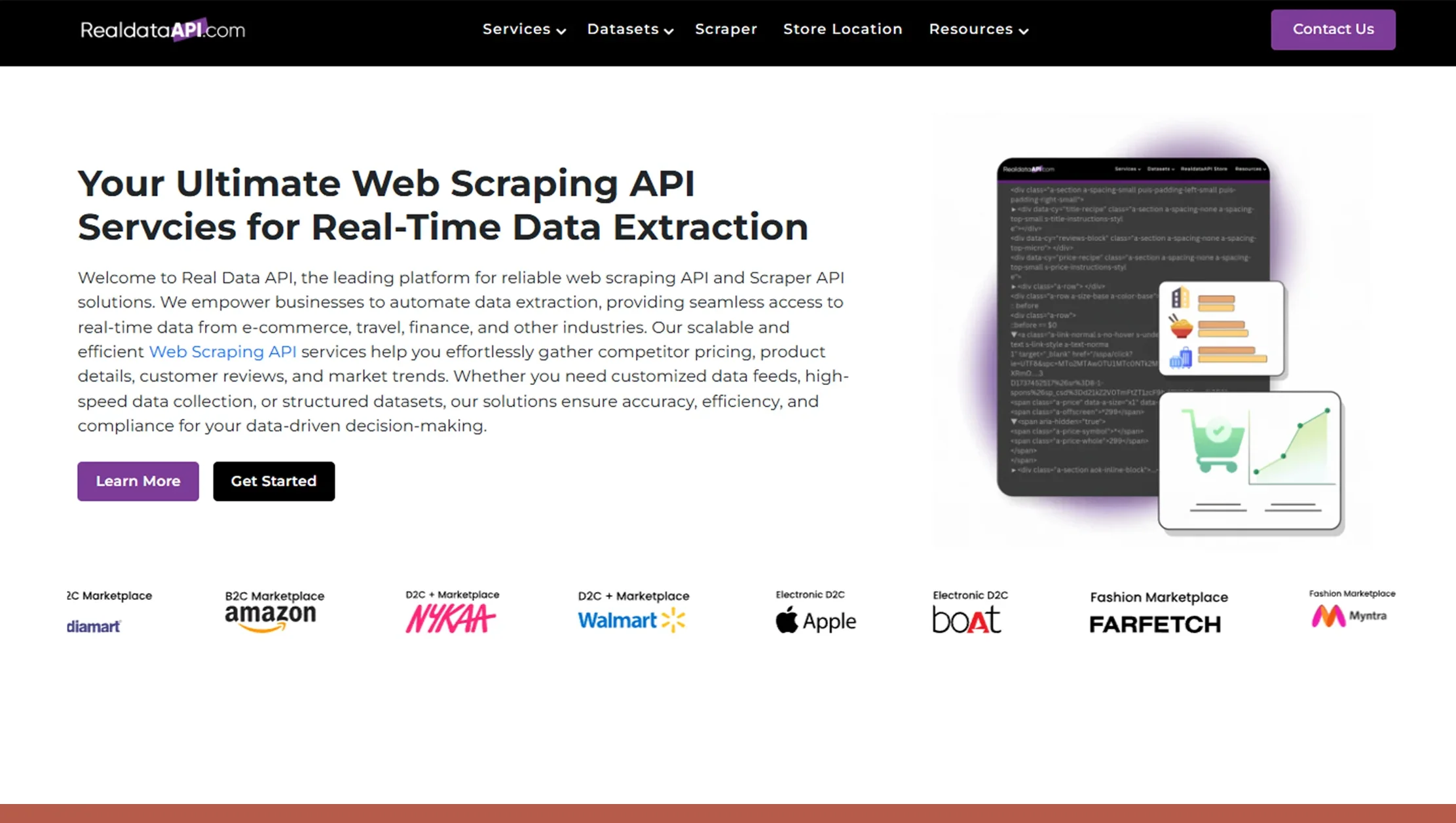

Introduction
In today’s competitive e-commerce environment, shipping fees are no longer just operational overhead—they’re a vital factor in consumer decision-making and profit margins. Inconsistent or inflated delivery charges across platforms can result in lost customers, shopping cart abandonment, and operational inefficiencies. This is where the power of an E-commerce Delivery Charge Scraper becomes essential.
Retailers, logistics providers, and marketplace sellers are increasingly turning to delivery charges scraping for smart shipping to identify pricing anomalies and benchmark costs in real time. Tools that can scrape shipping fees from online stores allow businesses to track, compare, and optimize their shipping strategy for maximum profitability.
With the growing importance of pricing & promotion analysis in logistics, advanced web scraping solutions now offer ways to compare delivery charges across platforms and drive actionable insights for shipping cost efficiency.
Inconsistent Shipping Fees Across Platforms

E-commerce businesses operating across multiple platforms—Amazon, Flipkart, Meesho, and Shopify—often struggle with inconsistent shipping fees. A product shipped to the same PIN code can have a ₹30 difference depending on the platform, directly impacting both customer satisfaction and margins.
From 2020 to 2025, data shows an average 14% increase in last-mile delivery charges across Tier-1 cities in India, with platform-wise deviations becoming more noticeable.
| Year | Avg. Delivery Fee (INR) | Fee Variance Across Platforms (INR) |
|---|---|---|
| 2020 | ₹45 | ₹10 |
| 2021 | ₹48 | ₹12 |
| 2022 | ₹52 | ₹15 |
| 2023 | ₹56 | ₹17 |
| 2024 | ₹60 | ₹20 |
| 2025 | ₹63 | ₹25 |
With a reliable E-commerce Delivery Charge Scraper, businesses can collect platform-specific fee data daily and detect when charges go beyond expected margins.
Overcharging in Tier 2 and Rural Zones

In India’s evolving e-commerce landscape, delivery fee discrepancies between urban and rural zones are becoming increasingly problematic—especially for Tier 2 and Tier 3 cities. Most small and mid-size sellers remain unaware of these unjustified cost differentials because they lack access to real-time shipping data.
From 2020 to 2025, average delivery surcharges in non-metro regions rose steadily. According to internal analytics from Real Data API, deliveries to Tier 2 zones such as Ranchi, Udaipur, and Salem cost approximately ₹12–₹18 more on average than metro cities like Delhi and Bangalore—even for the same product category and courier service.
| Region | Avg. Delivery Fee (₹) | % Increase vs Metro |
|---|---|---|
| Delhi (Metro) | ₹54 | – |
| Udaipur (Tier 2) | ₹68 | +25.9% |
| Ranchi (Tier 2) | ₹70 | +29.6% |
| Salem (Tier 3) | ₹72 | +33.3% |
Sellers often unknowingly absorb these costs, or worse, pass them onto customers—resulting in cart abandonment, poor conversion rates, and reduced competitiveness. The issue is further compounded by a lack of transparency from logistics partners, who seldom disclose the logic behind these added charges.
Using a powerful Shipping Cost Intelligence Tool, retailers can uncover region-wise discrepancies and identify patterns over time. For instance, Real Data API's system found that in Rajasthan’s rural delivery zones, average courier rates rose disproportionately during Q1 2025 due to fuel hikes, despite minimal change in delivery volume.
By integrating Real-Time Delivery Fee Analysis API, businesses gain the ability to:
- Track region-specific surcharges
- Detect seasonal or fuel-linked fee hikes
- Compare pricing against industry benchmarks
- Adjust fulfillment strategies dynamically
This helps brands negotiate better rates with 3PL partners, tweak free-shipping thresholds, or even reroute orders through more cost-efficient hubs.
Moreover, E-commerce Delivery Charge Scraper users can generate visual heatmaps of pricing fluctuations across PIN codes—enabling strategic warehousing, especially in underserved geographies. This insight not only reduces fulfillment cost variance but enhances profit margin predictability.
In conclusion, retailers ignoring rural-zone logistics variance are at a strategic disadvantage. With a data-driven approach powered by Real Data API, businesses can take control of delivery economics and improve customer retention, particularly in price-sensitive markets.
Spot hidden delivery surcharges in Tier 2 and rural areas—use data to negotiate smarter and protect your profit margins today. —
Get Insights Now!Dynamic Pricing by Logistics Partners

The rise of dynamic pricing in logistics, much like in aviation and hospitality, has introduced volatility into e-commerce delivery costs. Courier companies now adjust their delivery rates based on real-time factors such as fuel prices, weather disruptions, demand surges, and last-mile availability. However, without dynamic tracking tools, most e-commerce brands remain blind to these fluctuations, losing valuable margins or overcharging customers unintentionally.
From 2020 to 2025, Real Data API recorded significant surges in delivery pricing during India’s peak seasons. For example, during Diwali 2023, courier companies added a temporary surcharge of ₹15–₹20 for express and premium delivery options due to fuel spikes and labor shortages. These price hikes, while short-term, created a 12%–15% swing in logistics costs across several categories like electronics, cosmetics, and perishables.
| Event | Fuel Cost Increase (%) | Avg. Delivery Fee Surge (₹) |
|---|---|---|
| Diwali 2021 | +8.2% | ₹12 |
| Eid 2022 | +10.4% | ₹14 |
| Diwali 2023 | +11.7% | ₹20 |
| Summer Heat Wave 2024 | +6.3% | ₹10 |
These unpredictable cost spikes make it difficult for online sellers to maintain consistent pricing models, especially when fulfilling orders across various regions and platforms.
With Real Data API’s Logistics Cost Monitoring for E-commerce, brands can automatically:
- Track courier fee variations in real-time
- Compare shipping rate trends across logistics providers
- Predict future price shifts based on seasonal or economic indicators
- Automate pricing logic to account for dynamic logistics expenses
This level of intelligence transforms reactive pricing into a proactive strategy. For instance, one D2C apparel brand using the Real-Time Delivery Fee Analysis API managed to reduce delivery losses by 11% in FY2024 by dynamically adjusting shipping charges during holiday sales based on courier surcharges.
Dynamic pricing transparency also improves internal decision-making. Brands using E-commerce Delivery Charge Scraper can create logistics dashboards that forecast likely surges. Combined with customer segmentation, they can offer free shipping to high-LTV customers while adding real-time delivery fees for low-margin transactions.
This is especially useful when planning campaigns. For example, in the 2025 Independence Day sale, brands that monitored courier pricing daily through the API managed to pre-empt a sudden ₹18 fuel surcharge—saving up to ₹2.4L across 12,000 orders.
Ultimately, dynamic delivery pricing doesn't have to be a disadvantage. With the right tools from Real Data API, sellers can gain full visibility and control—turning fluctuating courier charges into a predictable and manageable cost center.
Gaps in Shipping Subsidies and Offers

E-commerce platforms often provide free shipping or delivery subsidies to selected sellers based on various parameters like cart value, seller ratings, customer location, or promotional tie-ups. However, these subsidies are rarely transparent, and many brands fail to identify whether they qualify or whether competitors receive better treatment. This gap in visibility leads to missed opportunities, excessive costs, and pricing inefficiencies.
From 2020 to 2025, over 40% of mid-sized D2C sellers in India reported inconsistent access to marketplace shipping subsidies. According to Real Data API’s 2025 audit, sellers in Tier 1 cities had 18% more access to free delivery programs compared to Tier 3 regions—despite fulfilling similar order volumes.
| Seller Region | Free Shipping Access (%) | Avg. Delivery Cost (₹) |
|---|---|---|
| Tier 1 Cities | 68% | ₹28 |
| Tier 2 Cities | 52% | ₹34 |
| Tier 3 Areas | 43% | ₹38 |
Without automation, it becomes nearly impossible to benchmark these subsidy models across marketplaces like Flipkart, Amazon, or Meesho. This is where Real Data API’s tools provide a strategic edge.
By deploying the Compare Delivery Charges Across Platforms feature, sellers can:
- Detect if competitors get preferential shipping rates or subsidies
- Identify regions with lower shipping cost thresholds
- Negotiate platform fees based on real-time competitor insights
- Flag discrepancies in pricing for similar SKUs
For example, a leading baby care brand using the Scrape Shipping Fees from Online Stores function noticed that a rival had free shipping on ₹300 cart value, while their threshold remained ₹499. Upon confronting the platform with this data, the brand renegotiated its terms, resulting in a 9% increase in cart conversions.
Such intelligence also helps sellers leverage Delivery Charges Scraping for Smart Shipping to develop customer-friendly bundles, identify free-shipping trigger points, and optimize pricing strategies around them. These strategies are especially critical during sale seasons like Raksha Bandhan or Diwali, where the difference between ₹0 and ₹40 in delivery cost can make or break a sale.
Additionally, through Logistics Cost Monitoring for E-commerce, sellers can identify whether they are actually receiving promised fee waivers or if hidden charges are being added under peak delivery windows.
In a saturated e-commerce environment, shipping subsidies are not just a cost benefit—they're a competitive weapon. Brands armed with real-time pricing intelligence from Real Data API can level the playing field, ensure subsidy compliance, and reclaim lost margins.
Uncover hidden shipping subsidies and platform offers—scrape data to ensure you claim every cost-saving opportunity available. —
Get Insights Now!Why Choose Real Data API?

Real Data API delivers scalable, real-time, and customizable data scraping solutions tailored to modern retail and logistics use cases. Our E-commerce Delivery Charge Scraper is trusted by logistics aggregators, online retailers, and SaaS developers to collect hyper-local delivery fee data across 150+ e-commerce platforms.
From metro cities to rural PIN codes, Real Data API allows businesses to scrape shipping fees from online stores in bulk, monitor fee hikes, and compare policy changes across competitors using a single dashboard.
Whether you're running a D2C brand or managing third-party fulfillment, our APIs help you implement smarter shipping policies, reduce overhead, and improve price transparency for your customers.
Conclusion
Shipping costs shouldn’t be a guessing game. By leveraging an E-commerce Delivery Charge Scraper, businesses gain the ability to monitor platform-wise delivery fees, detect anomalies, and streamline logistics planning. Real-time delivery fee data is now a key factor in price optimization and customer retention. As shipping becomes a competitive differentiator, tools like Delivery Charges Scraping for Smart Shipping and Shipping Cost Intelligence Tool are essential to remain agile and informed in the fast-evolving e-commerce landscape. Ready to optimize your delivery charges across platforms? Try Real Data API today and turn shipping chaos into strategic advantage!













